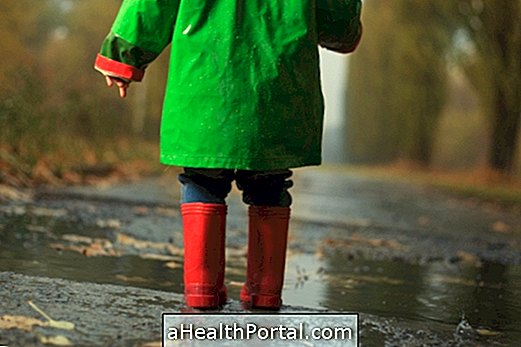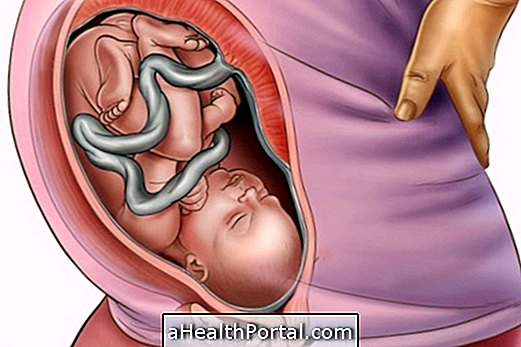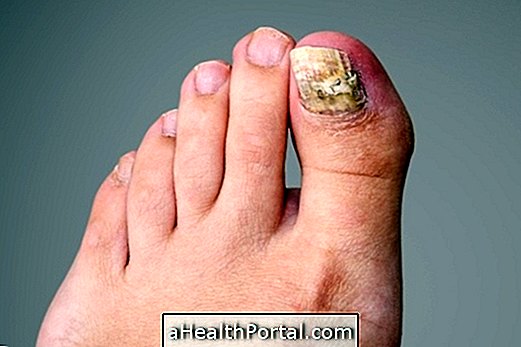Although seemingly harmless, baby walkers are advised against and unnecessary because they can delay the child's normal motor development, making it even walk later, and may also hamper their intellectual development.
In addition, the baby walker allows the child to reach a greater speed, not giving the parents time to react, increasing the risk of accidents such as falls that can be serious, and can lead to fractures and even head trauma.
The baby walker can be harmful to your baby's development because:
1. It makes the baby walk later

The child must go through all stages of motor development until learning to walk alone. Put her on the walker before she is able to stand alone, but with support, can make her walk up to 1 month later than expected. Here's how to help baby walk faster.
2. It can harm the baby's joints

Placing a child who still can not stand alone, even with support, in a walker can lead to injuries to the lower limb joints, since the leg muscles are not properly strengthened and so the joints may become more 'loose' with risk of injury.
3. Wrong tread pattern

The baby in the walker adopts an incorrect posture, which can cause in the future, poor posture, problems in the spine or even walking.
In addition, the more the baby stays on the walker, the less he crawls and this crawling and standing and standing exercise is essential to build strength in the leg muscles so that he can walk alone. Get to know 6 jokes that encourage your baby to crawl.
4. The baby can get hurt

The baby who uses the walker has a greater risk of falling by tripping on the carpet, on the chairs and on the toys themselves lying on the floor or falling from the stairs, because the walker reaches a higher speed, making it difficult for parents to reach the walker in time to stop it. Thus, if the baby falls, there is a risk of having a head injury.
For these reasons, the infant walker is not recommended, and it is only suitable for children with neurological problems, but even an orthopedist or physiotherapist should indicate the most appropriate equipment for the height and weight of the child.
5. Delays intellectual development

The baby who gets stuck in the walker can not explore both the environment around him and those who are free on the floor. Thus, the baby has less opportunity to be interested in the toys around him because he can not get anything off the ground, for example.
Helping Your Baby Ride Faster
Usually, the baby begins to take the first steps after 9 months and can walk at around 15 months, but to speed up this process parents can use some strategies such as:
- Let the baby walk barefoot;
- Walk with the baby, holding him by the hands;
- Calling the baby a few feet from him to encourage him to walk;
- Call on the baby a few feet away from him to come pick up on his favorite toy.
Throughout this process, it is important for parents to pass on calmness and security to the baby and let him explore the space so that he feels safe and confident and able to walk.
Also see how to stimulate rhythm and balance in the baby.
Watch the video and see how to stimulate the baby to walk:




















